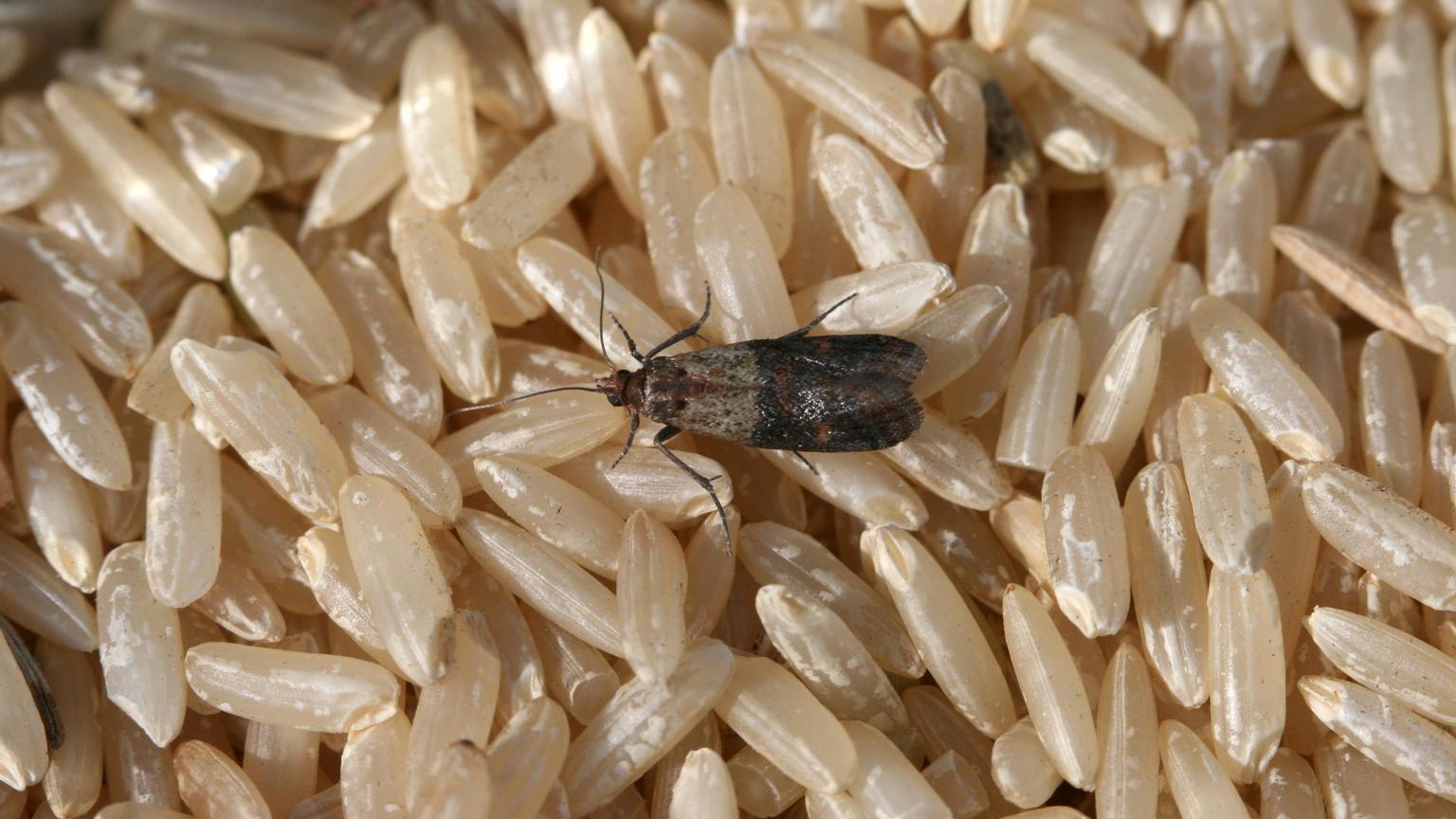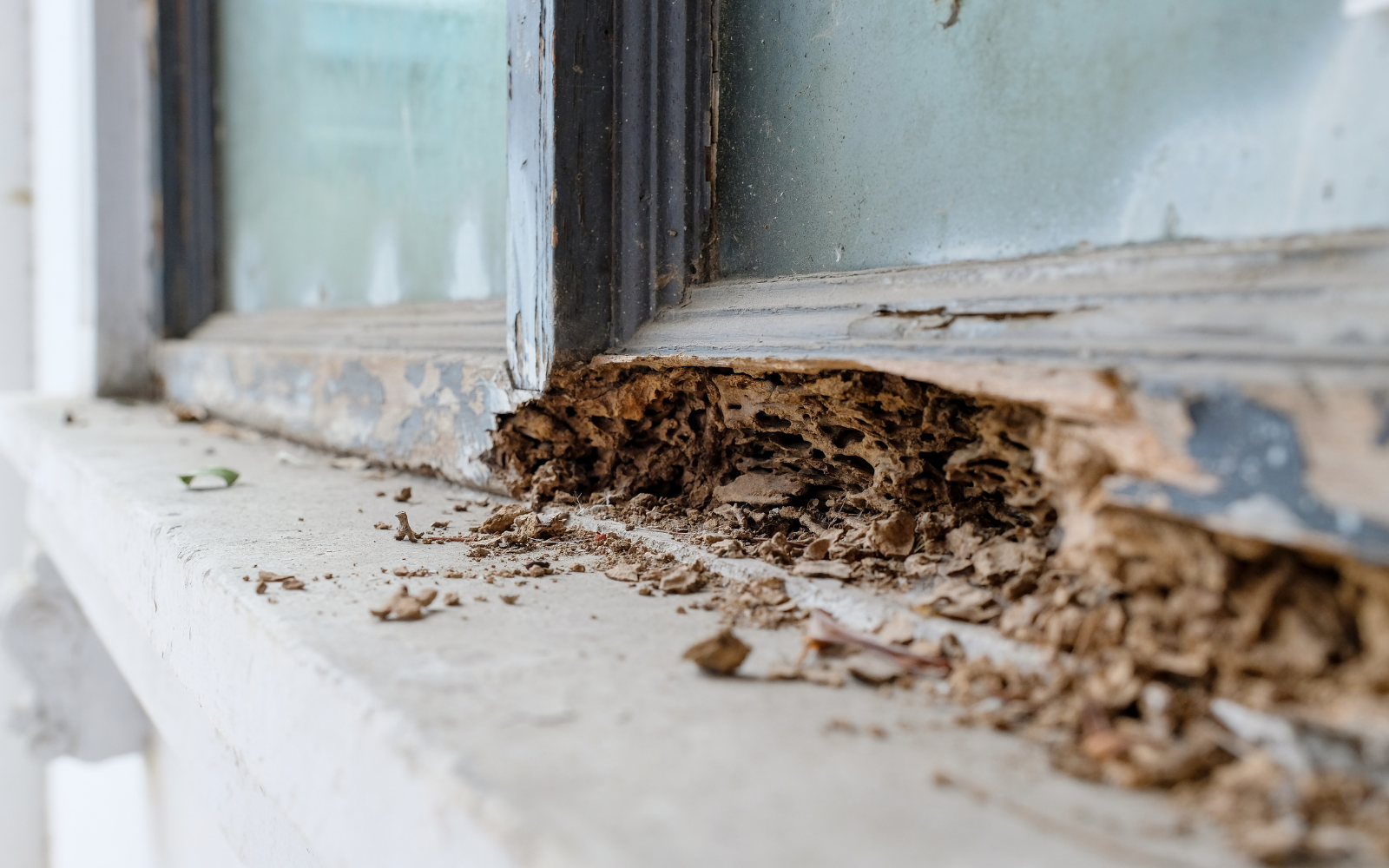Do-it-yourself pest control can be an effective way to keep pesky critters away from your home. Whether you’re dealing with ants, mice, or roaches, several tricks and tips will help you take back your house.
From natural remedies like essential oils and diatomaceous earth to the latest innovations in pesticide technology, DIY home pest control has come a long way over the years.
In this article, we’ll walk you through some of the most proven methods for keeping pests out of your space for good.
We’ll also explain why it’s important to act quickly when tackling infestations and provide guidance on how to approach larger problems without too much hassle. Get ready—it’s time to get rid of those uninvited visitors!
Identify Common Pests in the Home

When it comes to identifying common pests in the home, there are a few areas where you should look. First, check for signs of rodent infestation such as droppings or chewed materials. If you suspect an infestation, use traps and seal off any entry points to prevent further invasions.
Second, inspect your windows and doors for signs of insects. Look for tiny holes in screens or webs around window frames that could indicate spiders or other bugs have made their way inside the house.
Finally, if you spot flying insects like flies or mosquitoes then take steps to eliminate them quickly since they can spread disease. With these tips in mind, controlling pests at home becomes much easier with DIY pest control methods!
Preventative Measures to Stop Pest Infestation
When it comes to preventing a pest infestation, several measures can be taken. First and foremost, keeping your home clean is one of the most effective preventative steps.
Regularly cleaning floors and countertops with an all-purpose cleaner and vacuuming carpets will help remove pests from food sources.
Additionally, regularly checking for cracks or crevices in walls or baseboards where pests might enter is important as well as caulking any holes you find immediately.
It’s also essential to store food properly to avoid attracting pests. Make sure all food containers have tight-fitting lids and keep pantries free of spilled items like flour or sugar that could attract insects and rodents alike.
In addition, make sure garbage cans have tight-fitting lids that are emptied regularly so they don’t become breeding grounds for pests. Finally, promptly removing fallen fruit from trees around the house can help reduce opportunities for unwelcome guests!
Implement Natural DIY Solutions for Existing Problems

When dealing with existing pest problems, natural DIY solutions are an effective and eco-friendly way to get the job done. Repellents made from essential oils like peppermint, lavender, or citronella can help keep away mosquitoes and other insects while liquid sprays of vinegar and water can be used to kill spiders.
There are also a variety of traps that you can set up around your home including sticky boards for roaches or mousetraps baited with peanut butter for mice.
Additionally, diatomaceous earth is a great option as it is non-toxic but deadly to many crawling pests when sprinkled in problem areas such as pantry shelves or behind appliances where bugs may hide.
Finally, keep your yard free of clutter by trimming back plants and getting rid of piles of mulch which provide hiding spots for all sorts of critters!
With these simple steps, you’ll be able to manage any infestation without having to resort to harsh chemicals – it’s a win-win!
Keep an Eye Out for Warning Signs of a Potential Infestation
When it comes to protecting your home from pests, the key is being vigilant and staying ahead of any possible infestations.
Keep an eye out for warning signs that may point to a potential infestation, such as bugs or rodents scurrying around at night, strange odors coming from cracks and crevices in the walls, or droppings left behind by certain animals.
It’s also important to inspect food items in your pantry for evidence of tampering – if you find anything suspicious, discard it right away. Additionally, regularly check all areas of your home for entry points where pests can gain access – this includes windowsills and door frames; look for signs like gnaw marks on wood or plastic seals that have been broken.
Keeping these tips in mind will help you stay one step ahead of any potential pest problems so you can take action quickly before an infestation takes hold.

Conclusion
DIY Home Pest Control is an effective and affordable way to keep pests at bay. Simple tricks like keeping your home clean, using natural repellents, and setting traps can make a big difference in controlling pest infestations.
If you need more help with the situation, consider calling SWAT Pest Control Brisbane for professional assistance. By taking these steps now, you can ensure your home remains free of pests all year round!






